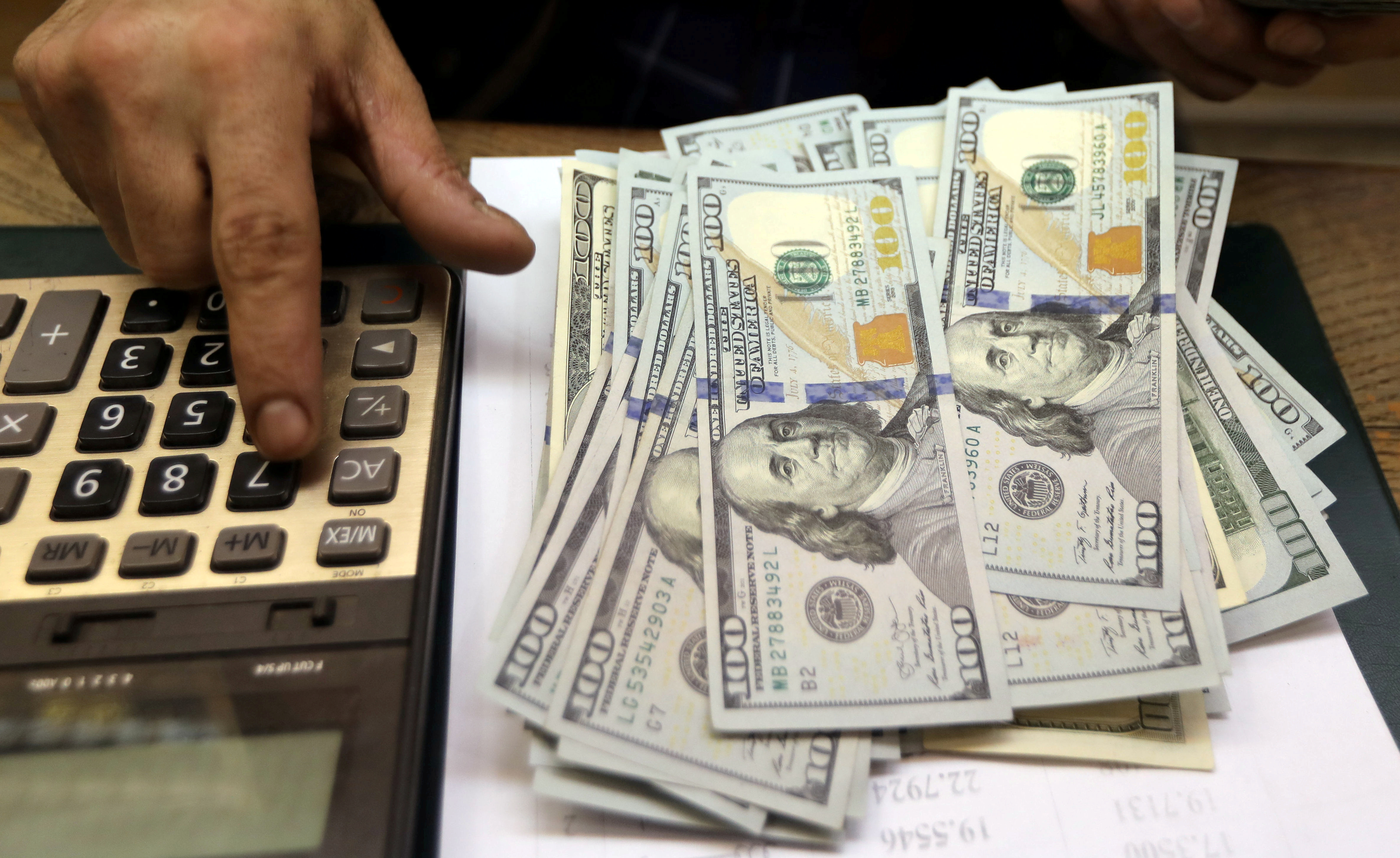CNI News
17 Dec 2022
The trading volume in the 2022-2023 fiscal year was higher than that of the 2021-2022 fiscal year, Myanmar reported a trade deficit of US$ 542.446 million, according to statistics of the Ministry of Commerce.
Although export volume was higher than that of imports in the border trade, imports were higher in trade through other channels and the country showed a trade deficit, according to economic observers.
As the border trade with China, which had been closed since 2021, has been reopened, trading volume has increased, Vice Chairman U Min Thein of Muse Rice Exchange told the CNI.

Trucks exporting goods to China
He said, "During the 2021-2022 fiscal year, border trade halted due to the third wave of COVID-19 from the middle of the year to November, 2021. We couldn't do anything. Border trade resumed in 2022. In the 2022-2023 fiscal year , we are able to export much more rice and broken rice to China than what we did in the 2021-2022 fiscal year. In 2021, Kyin San Kyawt, the only border gate which was still open then, had to be closed. Nothing except medical supplies was allowed to pass through the gate. So, we could do nothing for three months. Border trade resume in 2022. The situation is better in the 2022-2023 fiscal year than that of the 2021-2022 fiscal year.
Although border trade has improved in the 2022-2023 fiscal year, trading volume has not reached the pre-COVID-19 level, according to merchants.

Exchange calculation.
As of 2nd December in the 2022-2023 fiscal year, Myanmar exported goods worth US$ 11,171.143 million and imported goods worth US$ 11,713.589 million, showing a trading deficit of US$ 542.446 million, according to statistics of the Ministry of Commerce.
An economic observer said, "The higher trading volume is beneficial for the country but it cannot be said that trading deficits are not good for the country. Trading deficits may be due to low exports or high imports. If exports do not fall and import volume is higher, the situation is not so bad. Imports can be classified into three groups such as capital goods, intermediate goods and consumer goods. We must find out which group is responsible for increased imports. We will have to think about how to cover the deficits. The FDI can cover the deficit. If we can still cover the deficit with the FDI, this amount of deficit is not much. If the FDI does not cover the deficit and we have to spend the foreign exchange reserve to cover the deficit, it is not beneficial for the country."




